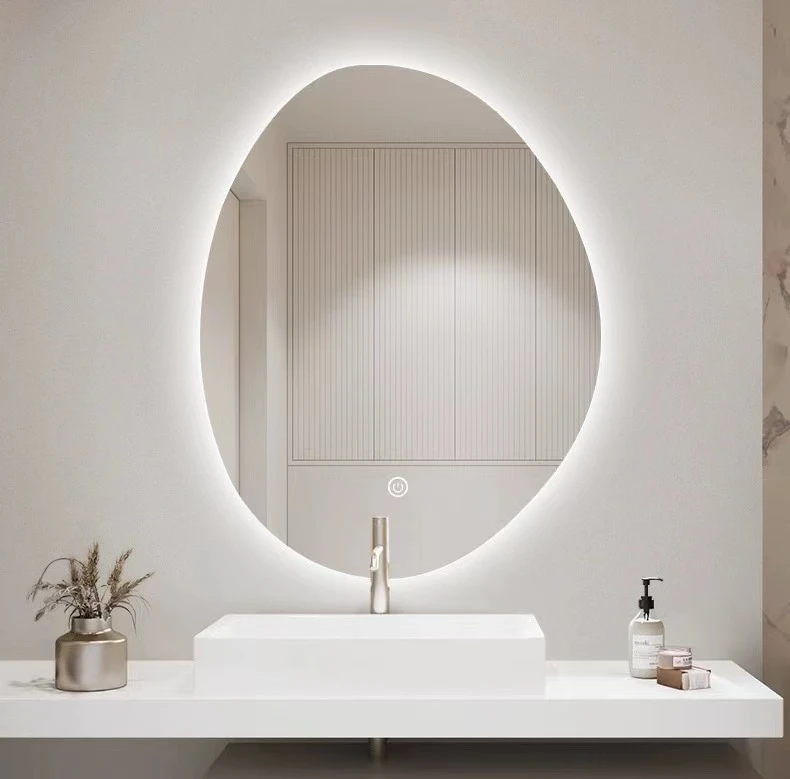

The Cost of Low-E Glass per Square Foot A Comprehensive Overview
In the realm of modern architecture and energy-efficient building design, low-emissivity (Low-E) glass has emerged as a game-changer. As the demand for sustainable building practices continues to rise, understanding the cost of Low-E glass per square foot becomes crucial for homeowners, builders, and architects alike. Low-E glass is a type of energy-efficient glass that reflects infrared light, keeping heat inside during winter and blocking it during summer. This unique feature not only enhances comfort but also reduces energy costs over time.
Understanding Low-E Glass
Low-E glass features a spectrally selective coating that allows natural sunlight to enter while reflecting heat. The composition of this glass typically involves a thin layer of metallic oxide that is applied during the manufacturing process. This coating can be adjusted based on the desired performance characteristics, resulting in variations in cost, energy efficiency, and overall appearance.
Cost Breakdown
The cost of Low-E glass can vary significantly based on several factors, including the type of Low-E coating, the thickness of the glass, additional treatments (like double or triple glazing), and the size of the installation area. On average, the cost of Low-E glass per square foot ranges from $10 to $30, which includes the price of the glass itself and installation costs.
1. Type of Low-E Coating There are mainly two types of Low-E coatings—hard coat and soft coat. Hard coat Low-E glass is generally less expensive and more durable, suitable for non-residential applications. However, soft coat Low-E glass, which offers superior performance in terms of energy efficiency and heat insulation, usually comes with an increased price tag. The difference in costs can be significant, so choosing the right coating type can impact the overall expenditure.

2. Glass Thickness The thickness of the glass also plays a critical role in determining cost. Standard thicknesses range from 1/8 inch to 1 inch, with thicker glass generally being more expensive due to higher raw material costs and the complexity of installation.
3. Glazing Options The number of glazing layers also influences cost. Double-glazing, where two panes of glass are sealed around an air space, typically costs more than single glazing but offers better insulation, which can lead to cost savings on heating and cooling bills over time. Triple-glazing increases these benefits further, albeit at a higher initial cost.
4. Installation The total cost of Low-E glass includes installation expenses, which can vary based on the contractor’s rates, the complexity of the installation, and any necessary framing or structural adjustments. Relying on skilled professionals for installation is essential to ensure optimal performance, as improper installation can undermine the energy efficiency benefits of Low-E glass.
Return on Investment
While the initial costs of Low-E glass may be higher than traditional glass options, homeowners and builders should consider the long-term savings on utility bills and potential tax incentives for energy-efficient upgrades. Over time, the investment in Low-E glass can lead to significant cost savings—typically within five to ten years—due to reduced energy consumption.
Conclusion
The cost of Low-E glass per square foot is influenced by various factors, including coating type, thickness, glazing options, and installation. Despite a higher initial investment, the long-term benefits of energy efficiency, comfort, and cost savings make Low-E glass an appealing choice for many construction projects. As energy costs continue to rise and environmental concerns grow, the adoption of Low-E glass will likely become increasingly common, paving the way for a more sustainable future in building design. Whether for residential or commercial projects, understanding the cost implications will empower decision-makers to make informed choices that align with both their budget and their commitment to sustainability.